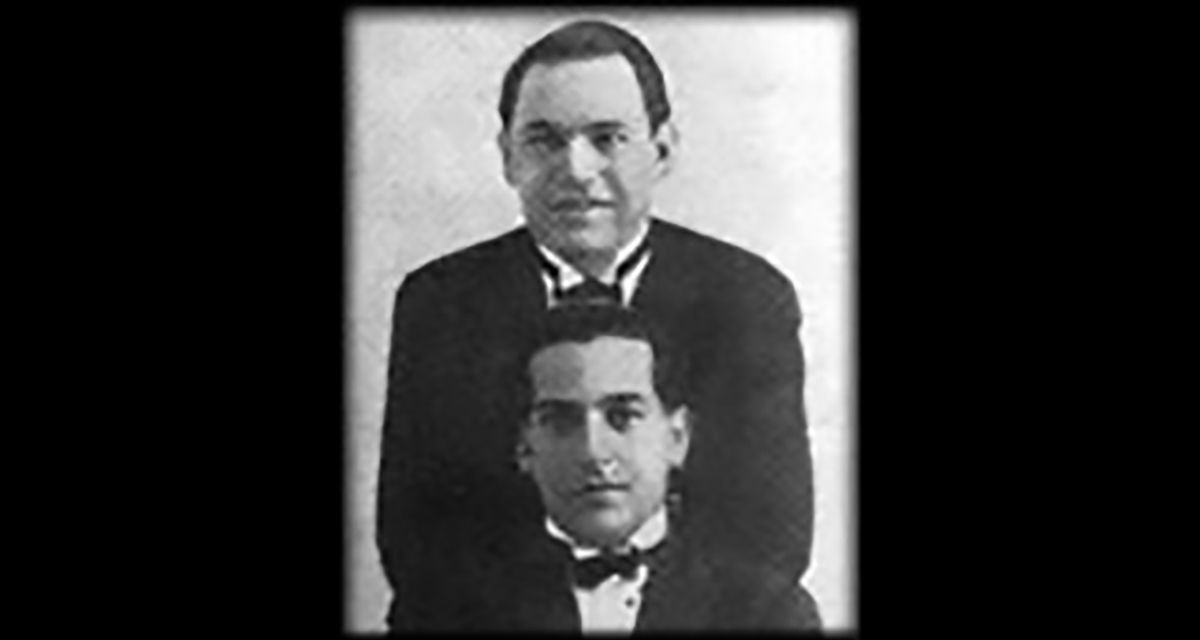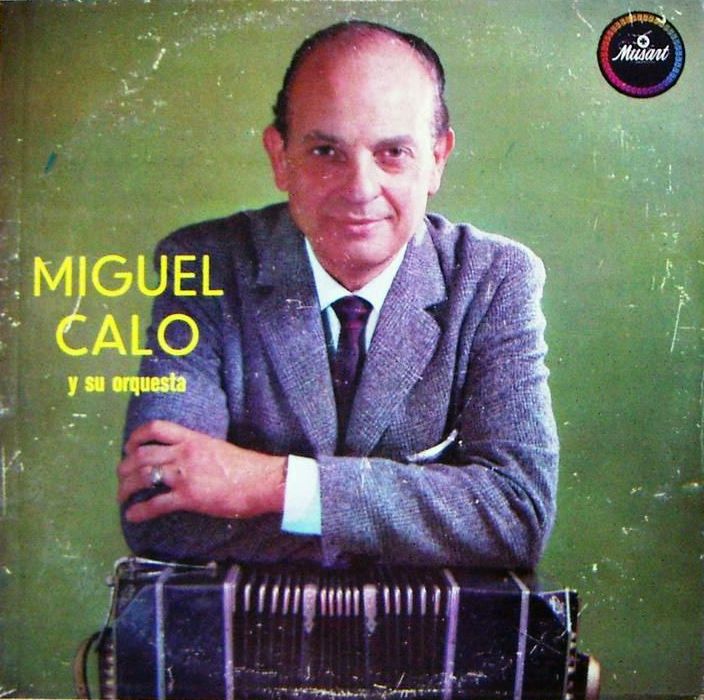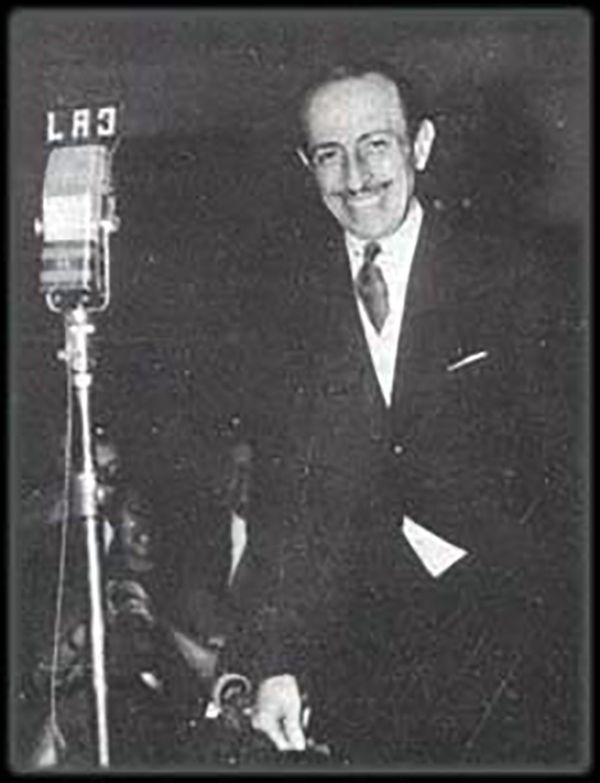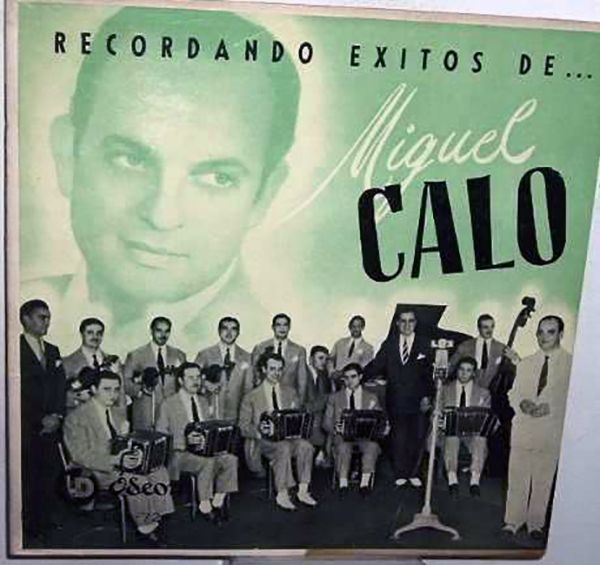“Seguime si podés” by Juan D’Arienzo y su Orquesta Típica, 1945.
“Seguime si podés” by Juan D’Arienzo y su Orquesta Típica, 1945.

Alejandro Scarpino
Bandoneonist, leader and composer (16 January 1904 – 27 May 1970)
He was, as a performer, a player with excellent technique and command of his instrument.
Although he tended to use some gimmicks to impress his audience and used to play many embellishment notes —known in the milieu as «verduras»— his musicianship is not under suspicion.
He displayed his skills by playing two bandoneons, one with each hand, placed vertically on the floor.
Alejandro Scarpino composed around 200 pieces. “Canaro en París” and “Seguime si podés” with Juan Caldarella, among them.
Listen and buy:
-
Amazon music
-
iTunes music
-
Spotify
We are happy to have a collaboration with the people from tangotunes.com from whom some of you may have heard, they do high-quality transfers from original tango shellacs.
It is the number 1 source for professional Tango DJs all over the world.
- Now they started a new project that addresses the dancers and the website is https://en.mytango.online
You will find two compilations at the beginning, one tango and one vals compilation in amazing quality.
The price is 50€ each (for 32 songs each compilation) and now the good news!
If you enter the promo code 8343 when you register at this site you will get a 20% discount!
Thanks for supporting this project, you will find other useful information on the site, a great initiative.
More Argentine Tango music selected for you:
We have lots more music and history








